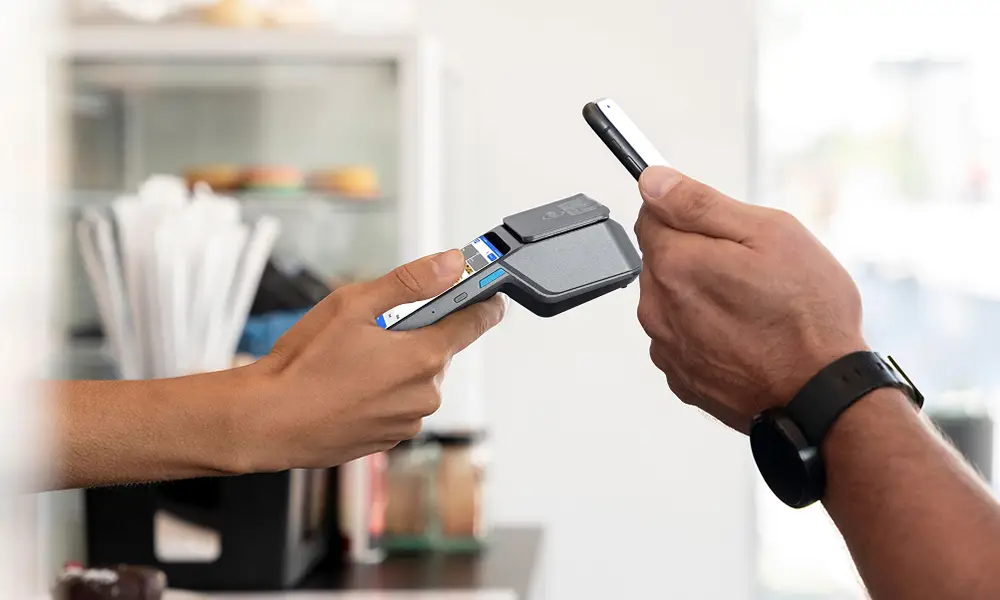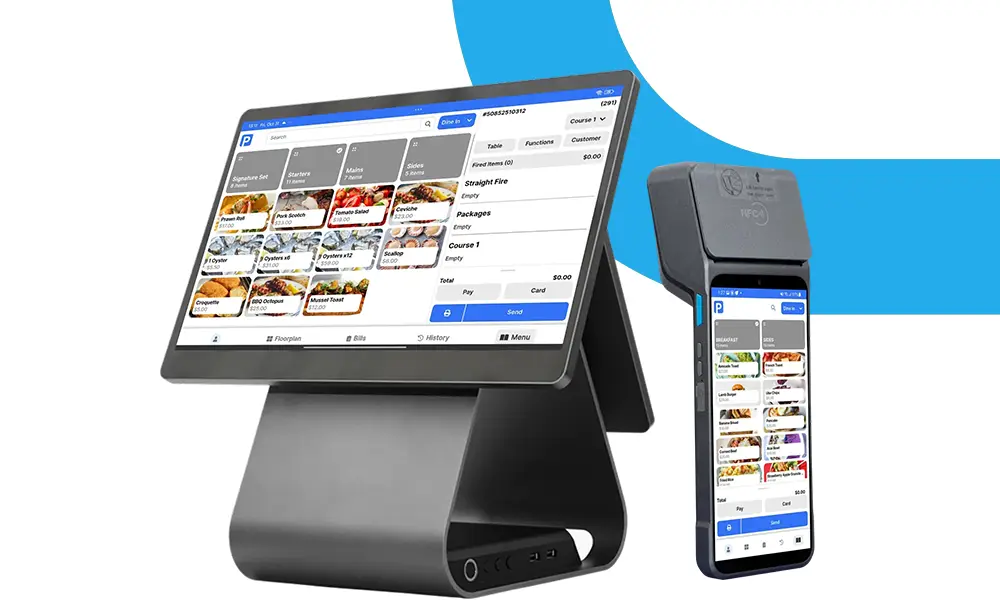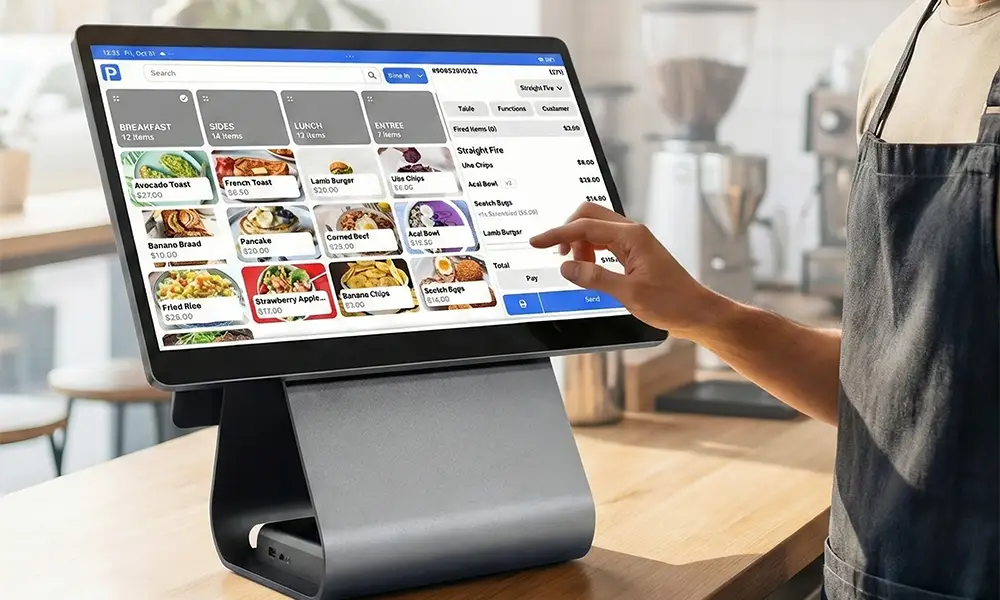When you think about POS hardware vs. software costs: what businesses should budget for in 2025, you’ll quickly realise it’s not a simple one-size-fits-all scenario.
Every coffee shop, restaurant, or retail store has unique needs, but there are core components to keep in mind.
Whether you’re just starting out or hoping to upgrade your system, it helps to have a general idea of what you might need to spend. Below, we’ll explore the basics, from physical tools to cloud-based software, so you can shape a realistic budget.
Understand the hardware costs
POS hardware typically includes terminals, card readers, receipt printers, and any tablets or touchscreens you use at checkout. You may also need cash drawers and barcode scanners. Your investment here depends on the scale of your business and how advanced the equipment needs to be.
Common hardware components
- Terminal or touchscreen device
- Cash drawer for safe money management
- Receipt printer for a clear paper trail
- Card reader or contactless payment device
- Barcode scanner for quick checkout
Assess the software expenses
Next, let’s look at software. Most modern POS software options operate on a subscription basis, meaning you’ll pay a monthly or annual fee that covers updates and support.
You might also pay extra for advanced features, like loyalty programs or integrations with third-party apps.
Key software considerations
- Licensing model: Some providers charge per register, others by store location, so always double-check how your chosen software calculates fees.
- Add-ons: Additional modules (like inventory tracking or advanced analytics) can increase monthly costs.
- Cloud-based vs. local: Cloud POS solutions reduce the need for on-site servers. They’re usually updated automatically, handy for multi-location businesses looking for seamless data sync.
Factor in next-gen features
The POS landscape is evolving rapidly.
Features like contactless and QR code ordering can speed up table turnover in restaurants, especially during busy periods. For example, a coffee shop might use QR code menus to keep lines moving, while a retailer might embrace self-checkout stations.
These tech-driven options might cost more initially, but they can boost sales volume and enhance customer experience.
Why multi-location businesses benefit
- Unified data management: With cloud POS, you can pull real-time numbers from every site.
- Consistent customer experience: Standardise promotions and loyalty rewards across locations quickly.
- Centralised support: Dealing with one software platform means fewer compatibility issues.
Budgeting strategy for 2025
Once you know which hardware and software solutions best fit your business, you’ll want to piece together a budget.
This not only covers your immediate outlay but also accounts for updates, repairs, and potential feature expansions in the near future.
- Identify must-haves vs. nice-to-haves: Start with the essentials, like a reliable terminal, then add extra items such as a self-checkout kiosk if budget allows.
- Plan for scalability: If you expect to expand or open more branches, it’s wise to choose a system that can grow with you.
- Factor in training costs: Even the best POS system is worthless if staff don’t use it properly. Build training time and expenses into your budget.
- Negotiate bundled deals: Research software-and-hardware bundles. Some providers offer discounts when you buy both together.
Conclusion
If you’re mapping out costs for the year ahead, keep in mind that a solid POS solution is more than just a checkout tool. It’s a way to streamline operations, unify multiple locations, and handle modern demands like contactless orders.
At Payflo, we’re all about helping you work out the right combination of hardware and software so your budget fits your goals.
If you’d like to explore how Payflo can support your business, please get in touch on our contact page, and let’s chat about options tailored for you.
Frequently asked questions
1. Can I use my existing tablet as a POS terminal?
Yes, if the POS software provider supports it. Be sure to check compatibility with your tablet’s operating system and ensure it has the right specs, like enough memory and up-to-date firmware.
2. How often should hardware be upgraded or replaced?
Most businesses upgrade key components every 3 to 5 years, but you might replace devices sooner if they stop receiving software updates or no longer meet your performance needs.
3. Is cloud POS more expensive than on-site software?
Cloud POS often carries a monthly subscription, but on-site software may involve higher upfront costs for servers and maintenance. In many cases, cloud solutions work out cheaper overall when you factor in hardware savings and automatic updates.
4. Should I invest in contactless payment features for my shop?
Contactless payment is becoming the norm and is a great way to speed up sales. If your customer base prefers card or phone payments, it can be worth the extra device cost.
5. Are there hidden fees I should watch out for?
Watch for charges like transaction fees, chargeback penalties, and costs for software add-ons. Always read the fine print of any contract so you don’t get stuck with surprise expenses.


%201.svg)
%201.svg)





.png)
.png)
